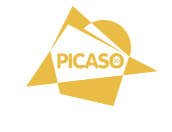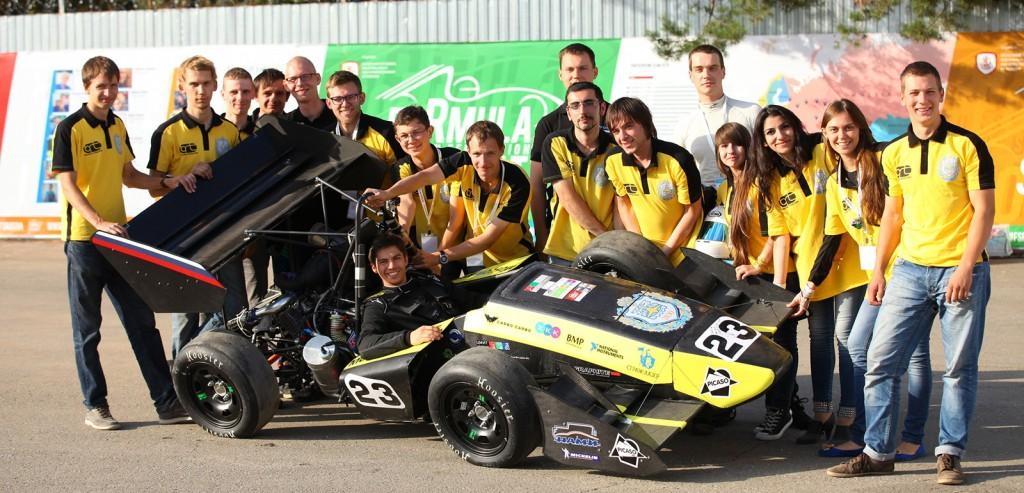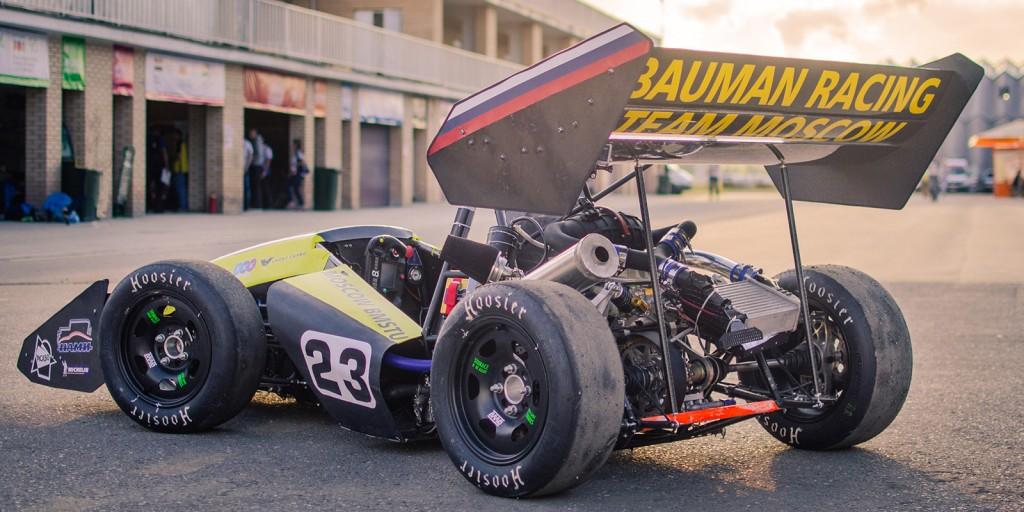 While 3D printing has made impacts on nearly every sector of industry, from art to medical, one area that’s being heavily affected with surety is the automotive industry. Digital capabilities and 3D printing are indeed leading to a revolution in both design and manufacturing as prototypes can not only be drafted easily and quickly, but revisions can be made without re-creating the wheel–or in this case, all four of them.
While 3D printing has made impacts on nearly every sector of industry, from art to medical, one area that’s being heavily affected with surety is the automotive industry. Digital capabilities and 3D printing are indeed leading to a revolution in both design and manufacturing as prototypes can not only be drafted easily and quickly, but revisions can be made without re-creating the wheel–or in this case, all four of them.
From Ford to Lambourghini, we follow countless stories about automotive components being created through 3D printing these days, but when it comes to the subject of the automobile, nothing is more fun than talking about race cars.
And in the world of racing, challenge is what it’s all about. In an exciting competition geared toward students, PICASO 3D signed up last year as a team sponsor for “Formula Student” MSTU, NE Bauman. In a serious test of automotive design talents, university teams have to create and build their own cars.
 Headquartered in Russia, PICASO 3D is an award-winning, leading 3D printing research and production company, as well as the manufacturer of the Picaso 3D Designer Printer. With experience in both 3D printing and business behind them, they certainly have the prime qualities for a sponsor. As the PICASO 3D team states, they all have one mission–and that’s making a better car.
Headquartered in Russia, PICASO 3D is an award-winning, leading 3D printing research and production company, as well as the manufacturer of the Picaso 3D Designer Printer. With experience in both 3D printing and business behind them, they certainly have the prime qualities for a sponsor. As the PICASO 3D team states, they all have one mission–and that’s making a better car.
With the team’s first car showing its stuff in Italy in 2013, last year it was ready for the ‘Formula Student’ Russian competition at ADM Raceway. At the end of the season, they were all eager to share their experience regarding building the design and using 3D printing.
Using ABS 3D printing filament, the team fabricated numerous parts for the steering, including the handle and the top cover for mounting electronics onto the paddle shift.
The steering is an integral part of the race car design, with an actuator and controlling module. The team spent a great deal of time prototyping and 3D modeling this area of the car. Numerous other pieces were 3D printed, such as the:
- Carboxylic carrier part handles
- Upper lid paddle gear
- Electronics unit comprising indicators, buttons and screen systems
“Of great interest was the process of making and carrying carboxylic part of the steering wheel,” stated the design team. “This matrix was made of plastic on CNC machines. The electronic filling wheel was mounted on the printed top cover and includes a control unit, indicators, LCD touch screen, a joystick, and control buttons.”
They also, very importantly, 3D printed the pad on the steering wheel to include a comfortable, customized grip.
“The advantage is that a 3D printer can implement any form of parts that you have in mind, for example – a complex surface of knobs and pedals themselves,” stated the PICASO 3D team. “Some of the more important elements of using ABS plastic in our cars is in the ribs for the wings. The profile wing turned out quite accurate and the honeycomb structure when printing gave a good rigidity with relatively low weight.”
 The most challenging part was in arming the gas pedal, which ended up being a massive piece to include 3D printing of about ten hours. The team employed stiffeners and used thin metal rods for reinforcement as well. They also 3D printed numerous nodes, as well as the gearbox follower shaft. The following was also 3D printed as well:
The most challenging part was in arming the gas pedal, which ended up being a massive piece to include 3D printing of about ten hours. The team employed stiffeners and used thin metal rods for reinforcement as well. They also 3D printed numerous nodes, as well as the gearbox follower shaft. The following was also 3D printed as well:
- Multiple brackets
- Adapters
- Leather clutch
- Brake lights
- Mounts for GoPro cameras
- Enclosures for electronics
Following are the specifications shown as the team evolved from the first car, the BRT-1, to the second, the BRT-2:
- The total weight of 261 kg down to 244 kg
- Weight frame 48 kg decreased to 35 kg
- Lowering the center of gravity of the engine by 42 mm
- There was a lubrication system of the engine with dry sump
- Increasing the boost pressure of 20 kPa at the nominal operation mode of the engine
- Lowering the center of gravity by 20 mm
- Reducing the unsprung weight of 5 kg
- There were splashes, as a consequence of downforce on the 1400n 90km/h
The bottom line for the team, upon finishing this project, was that the 3D printer was indeed a very good ‘assistant’ in the making of this vehicle.
Subscribe to Our Email Newsletter
Stay up-to-date on all the latest news from the 3D printing industry and receive information and offers from third party vendors.
You May Also Like
Precision at the Microscale: UK Researchers Advance Medical Devices with BMF’s 3D Printing Tech
University of Nottingham researchers are using Boston Micro Fabrication‘s (BMF) 3D printing technology to develop medical devices that improve compatibility with human tissue. Funded by a UK grant, this project...
3D Printing Webinar and Event Roundup: April 21, 2024
It’s another busy week of webinars and events, starting with Hannover Messe in Germany and continuing with Metalcasting Congress, Chinaplas, TechBlick’s Innovation Festival, and more. Stratasys continues its advanced training...
3D Printing Webinar and Event Roundup: March 17, 2024
It’s another busy week of webinars and events, including SALMED 2024 and AM Forum in Berlin. Stratasys continues its in-person training and is offering two webinars, ASTM is holding a...
3D Printed Micro Antenna is 15% Smaller and 6X Lighter
Horizon Microtechnologies has achieved success in creating a high-frequency D-Band horn antenna through micro 3D printing. However, this achievement did not rely solely on 3D printing; it involved a combination...






























